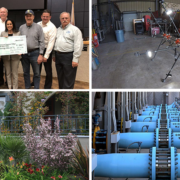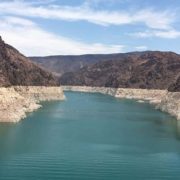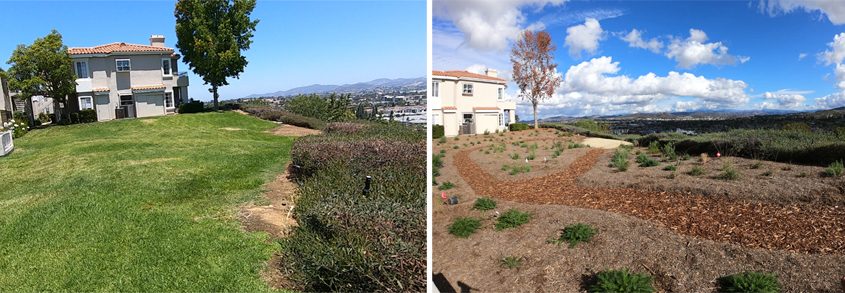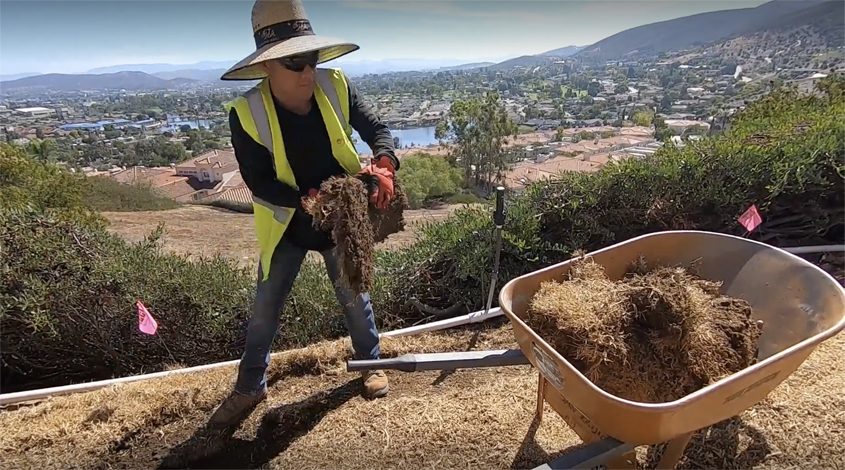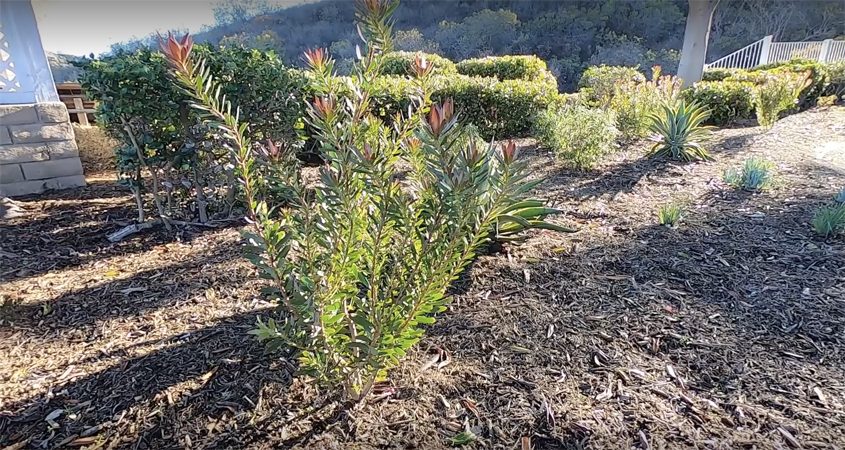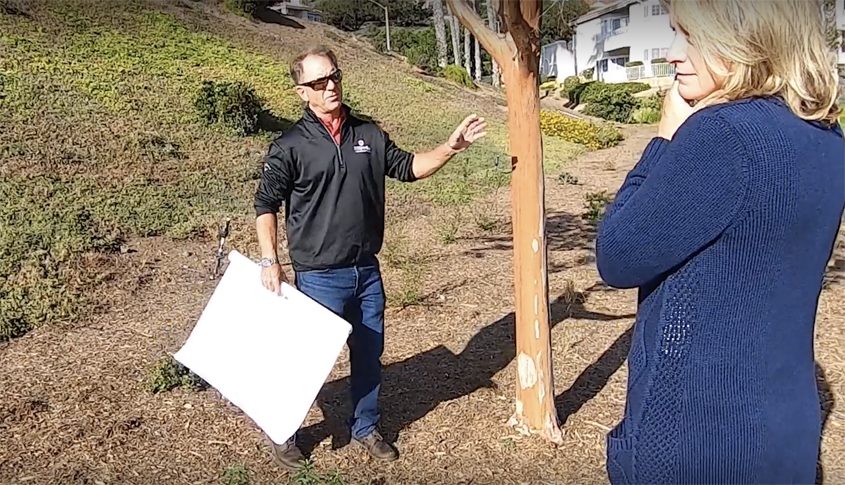Water News Network Top Stories of 2022
The Water News Network top stories of 2022 were drought-related and features about technology and college scholarships also engaged readers.
Water News Network Top Stories of 2022
The #1 Water News Network Top Story of 2022 focused on scholarship opportunities for water industry education and the growing need for water and wastewater industry workers:
Multiple California water associations and water agencies in San Diego County are offering college scholarships to help candidates achieve their goals.
A large number of recent retirements combined with the need for a skilled workforce up to date on new technologies have resulted in a critical need to increase the talent pool of skilled individuals in the water and wastewater industry, including in San Diego County.
Funding water industry education and training

Otay Water District officials presents the first donation for a scholarship fund to Cuyamaca College President Dr. Julianna Barnes named after Otay General Manager Mark Watton. Photo: Otay Water District
Among the highlights in the January 20 story, was news about the Mark Watton Scholarship Fund, established by the Otay Water District at the Foundation for Grossmont and Cuyamaca Colleges. The fund supports students attending the Center for Water Studies at Cuyamaca College. It honors Otay Water District General Manager Mark Watton’s four decades of service to the district.
Patent for pipeline inspection system
The #2 most viewed story on the Water News Network in 2022 highlighted an innovative tool to inspect pipelines developed by the San Diego County Water Authority:
The Water Authority has been granted its first ever utility patent for a device that inspects interior sections of water pipelines that are inaccessible or not safe to inspect without expensive specialized gear and training.
Industry-leading asset management program
Water Authority Operations and Maintenance Manager Martin Coghill invented the tool to save time, reduce costs and improve safety during ongoing aqueduct inspections. The Water Authority’s industry-leading Asset Management Program includes a proactive search for pipeline weaknesses that can be addressed before they become large and costly problems.
The U.S. Patent and Trademark Office awarded Patent #US011,293,581 on April 5, 2022, for the Water Authority’s pipeline inspection system, which comprises a body, cameras, support members and light sources to capture high-resolution images of pipeline walls.

The San Diego County Water Authority has been granted its first ever utility patent for a device that inspects interior sections of water pipelines that are inaccessible or not safe to inspect without expensive specialized gear and training. Inventor Martin Coghill calls the tool “Scanny.” Photo: San Diego County Water Authority
Commitment to innovation
“This new pipeline inspection tool is a prime example of the Water Authority’s commitment to innovation that benefits ratepayers by saving money and enhancing reliability,” said Water Authority General Manager Sandra L. Kerl. “We have a long history of advancing industry-leading solutions, from state legislation to adopt low-flow toilets in the early 1990s to the nation’s largest water conservation-and-transfer program a decade later to the largest seawater desalination plant on the continent.”
Rebates and water conservation
The third most-viewed story detailed the California state tax breaks available and rebates to remove grass and save money, as California edged into the fourth consecutive year of drought:
A newly signed state law exempts local rebates for grass replacement from state income tax, ensuring more dollars can be spent creating beautiful and functional WaterSmart yards.
“Drought conditions make it imperative to boost water conservation in San Diego County and across the state,” said Sandra L. Kerl, general manager of the San Diego County Water Authority. “Using California tax incentives and regional rebates to install WaterSmart landscapes is a clear winner for stretching water supplies both today and for generations to come.”
San Diego County residents can take advantage of savings on water-saving technologies such as high-efficiency clothes washers & toilets, rain barrels — and can schedule free #WaterSmart checkups to make their properties more water-efficient.https://t.co/yFi2DgXixS
— San Diego County Water Authority (@sdcwa) October 16, 2022
The WNN feature story alerted homeowners and businesses in San Diego County that they are eligible to receive between $2 and $4 per square foot for removing grass and replacing it with low water-use plants that are better suited to withstand the hot and dry conditions that continue to hammer the West. All customers are eligible for the base rebate of $2 per square foot, but other agencies offer additional funding, including the City of San Diego and the County of San Diego.
Check latest rebates here: your-water/conservation/residential-rebates-programs
Claude “Bud” Lewis Carlsbad Desalination Plant
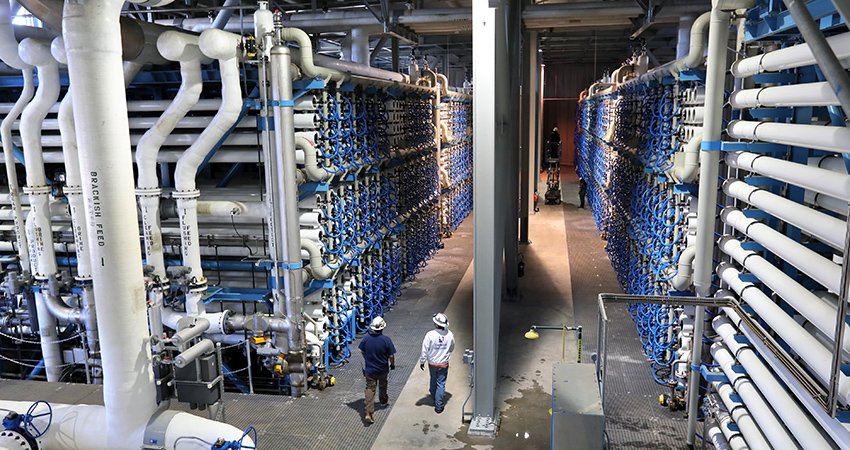
Reverse osmosis is the heart of the Carlsbad Desalination Plant. During this process, dissolved salt and other minerals are separated from the water, making it fit for consumption. This reverse osmosis building contains more than 2,000 pressure vessels housing more than 16,000 reverse osmosis membranes. Photo: San Diego County Water Authority
Drought-proof supply
Coming in as the 4th most popular story on the WNN in 2022 was the benefit of seawater desalination providing a drought-proof supply for San Diego County:
As the worst drought in 1,200 years grips the West, the Claude “Bud” Lewis Carlsbad Desalination Plant is protecting the San Diego region with 50 million gallons a day of drought-proof water.
Completed in 2015, the plant was built before the period of increasing inflation that’s driving up prices for water infrastructure projects that are just starting. That means the desal plant is safeguarding the region’s economy and quality of life today at a lower cost than it would be to build now.
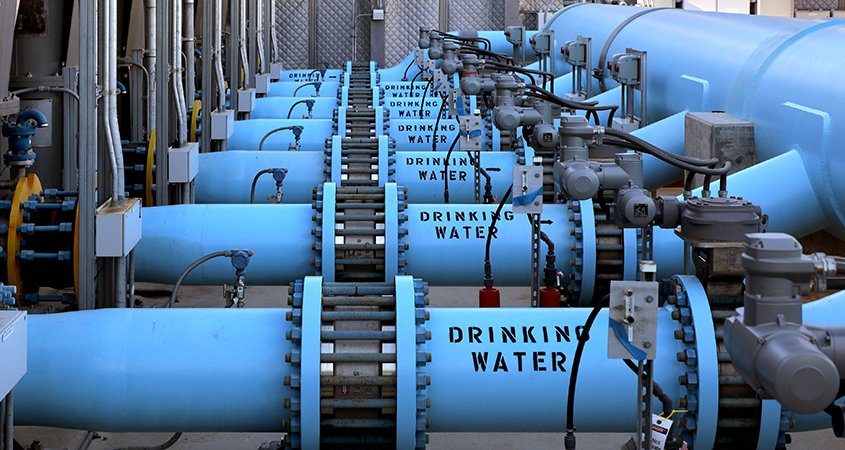
The Carlsbad Desalination Plant uses reverse osmosis to produce approximately 10% of the region’s water supply; it is a core supply regardless of weather conditions, and it is blended with water from other sources for regional distribution. Photo: San Diego County Water Authority
100 billion gallons
“Desalination remains a valuable tool for our community when it comes to ensuring safe and reliable water supplies no matter the weather,” said Jeremy Crutchfield, water resources manager for the Water Authority. “It has shown its value by generating nearly 90 billion gallons over the past six years, and I’m confident it will continue to do so in the years ahead.”
In late-October 2022, the Carlsbad Desalination Plant passed a milestone, having served more than 100 billion gallons of high-quality, locally controlled water over the past seven years – as California entered a fourth consecutive year of severe drought.
(Editor’s Note: Click on the years to see the most viewed stories from 2019, 2020, and 2021. The Otay Water District is one of the San Diego County Water Authority’s 24 member agencies that deliver water across San Diego County.)

